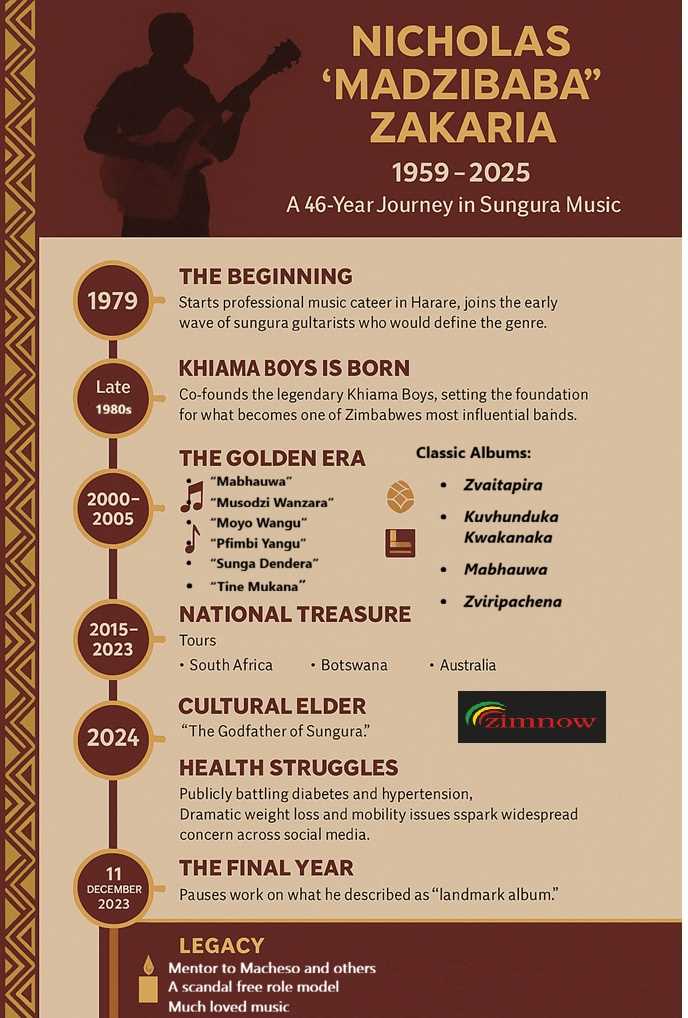
Speaking at the Mine Entra 2025 Exhibition in Bulawayo this Friday, the Minister of Industry and Commerce Nqobizitha Mangaliso Ndlovu said Community Economic Empowerment Trusts will be the cornerstone of Zimbabwe’s rural industrialisation drive, ensuring that growth in mining and manufacturing translates into jobs and value creation within host districts.
“As Zimbabwe industrialises, we must go deeper than extraction,” he said. “Community Economic Empowerment Trusts will stimulate rural industries, create enterprise opportunities, and ensure local people directly benefit from the resources around them.”
The announcement builds on an earlier post-Cabinet briefing by Information Minister Dr Jenfan Muswere, who outlined CEETs as part of a six-pillar strategy linking industrial policy, value addition, and inclusive development.
The new trusts mark a reboot of the Community Share Ownership Trust programme introduced in 2010 under the Indigenisation and Economic Empowerment Act. Back then, mining firms were expected to allocate 10 percent of local shareholding to community trusts in the districts where they operated.
While some, such as the Mhondoro-Ngezi Zimplats Trust, financed classroom blocks and irrigation projects, most collapsed under poor governance, weak legal enforcement, and unfulfilled corporate pledges. By 2018, many had become dormant accounts with little to show for the billions of dollars in minerals extracted.
Related Stories
Civil-society reports and parliamentary reviews have repeatedly noted that many rural residents “remained spectators to their own wealth.” Critics warned that without structural reform, the empowerment model had “lost public confidence” and risked becoming a political slogan rather than an economic tool.
Officials say CEETs will differ fundamentally from the earlier trusts by being production-driven, embedded within the National Industrial Development Policy, and open to partnerships with both public and private investors.
Each district will host one trust under the “One District, One CEET” principle, drawing revenue from local value chains rather than relying solely on company donations. The model aims to fund community-owned processing plants, service hubs, and cooperatives that feed directly into mining and manufacturing activities.
Transparency and corporate oversight mechanisms are being tightened to prevent elite capture and ensure accountability.
Development analysts note that government could take useful lessons from the CAMPFIRE programme, whose strength, they say, lay in clear revenue-sharing formulas and community-based governance structures that villagers could monitor — a model that kept funds circulating locally and visible in tangible projects such as clinics and schools.




















Leave Comments